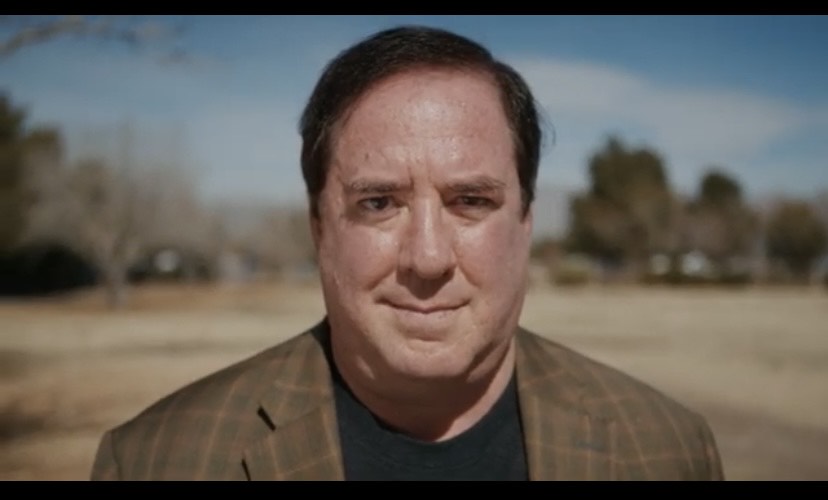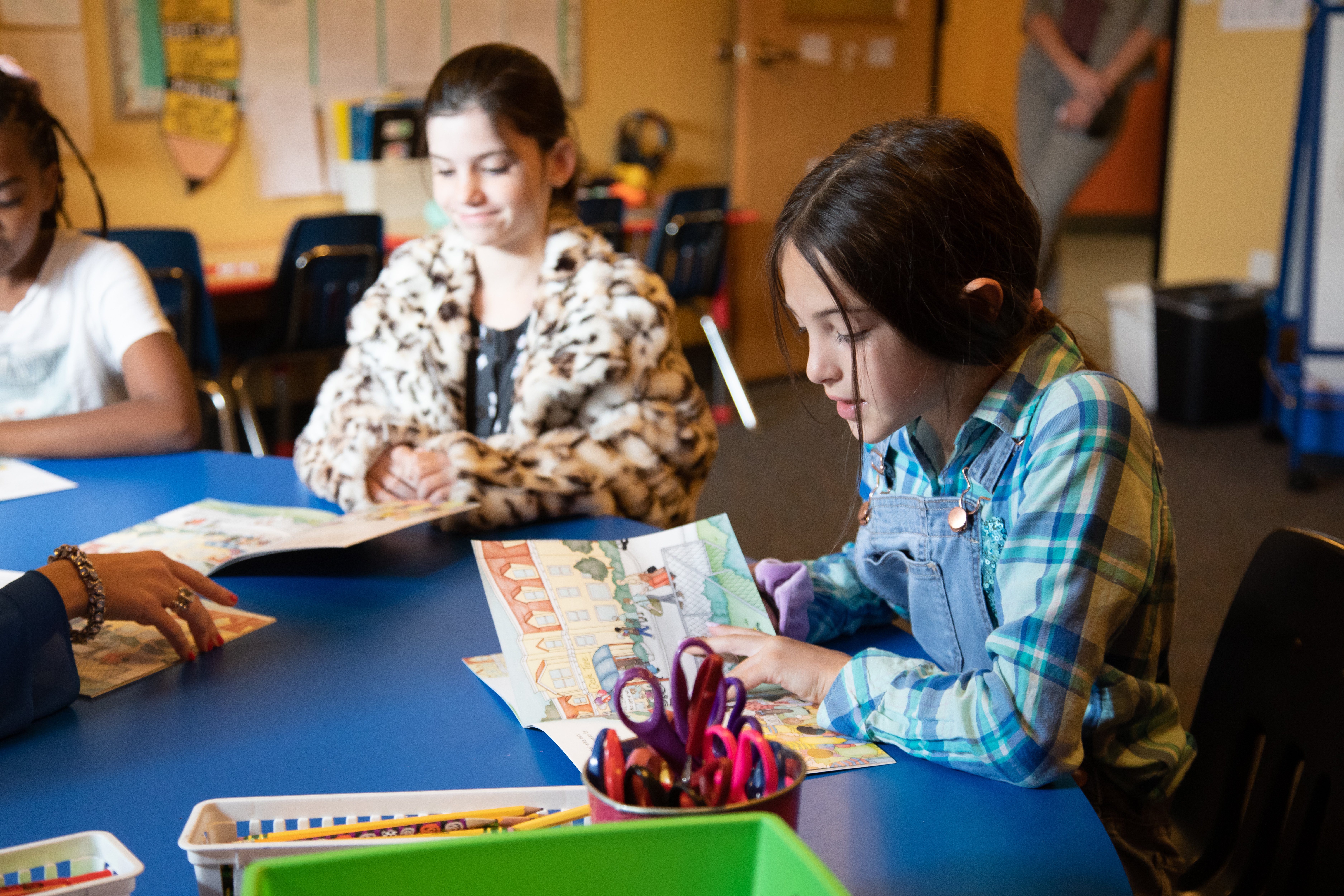Some Guiding Thoughts on Effective Public Microschools
The FRIAR of Microschooling

At the National Microschooling Center, we know microschooling isn't just a catchy label: it’s a revolutionary reimagining of what schooling can be. This isn't about slapping the title “microschool” on a single one-hour block inside a traditional schedule. Done right, microschooling is a deeply intentional, learner-centered model built on autonomy, trust, flexibility and relationships. It’s the full embrace of a new educational paradigm.
It’s tempting for public school districts to D.I.Y. a “microschool” by repackaging something that looks the same. But here’s the truth: distilling microschooling into a trendy add-on robs students, families, and teachers of its power.
Microschooling is built on the belief that every child is supported to thrive; that families are honored as active partners; that education is centered on nurturing a love of learning; and that responsiveness, personalization, flexibility, and nonacademic development are not extras, they're essentials.
In early 2024, the Center convened 27 microschool founders from across the country. From that retreat emerged a Statement of Principles that over 100 microschools signed onto. This statement, containing 9 principles of microschooling, captures the essence of what microschooling founders intend microschooling to be. Superintendents interested in microschooling would do well learning from this statement.
The Center is helping districts turn this theory into action, guiding leaders to unlock the flexibilities that may exist in their district’s frameworks. That means trusting teachers to make pedagogical choices, leaning into personalization, innovating with schedules, and truly designing learning environments that put students at the center.
There are already public microschools that are shining examples for this space to learn from:
Launched as a public charter school, WIN gives students the opportunity to learn on a college campus, while earning college credits. Designed to meet the needs high school students, this dynamic microschool is also helping to increase college enrollment, shortening the gap between students leaving high school and enrolling in college.
This innovative high school pushes beyond traditional instruction by blending interest-based learning, personalization, and customized schedules. Real world experiences are created with partners in the community. The result is a public microschool that feels more like a launchpad than a classroom, proof that large systems can still create truly personalized, microschool
While Wildflower often operates outside of traditional district structures, helping founders to launch small private schools, they also have a wide network of Montessori microschools operating as public charter schools. Wildflower has become a model for teacher-led, decentralized schools that prioritize relationships, autonomy, and responsiveness. Their commitment to exploring new ideas and the continuous study and improvement of their practices has led Wildflower to be a treasure in the communities they operate in.
Outer Range integrates outdoor education, place-based learning, and community partnerships into a public school model. Its personalized, flexible structure reflects what microschooling can look like when schools are designed around context, not compliance. For public systems, Outer Range is a powerful reminder that microschooling isn’t about scale, it’s about fit, authenticity, and impact.
Public microschooling doesn’t have to look the same everywhere. It can take root in:
No matter the system, successful public microschools require:
At the National Microschooling Center, we speak with superintendents, district leaders, and school boards every week, helping them understand what authentic microschooling requires and how to build it inside their communities. From clarifying flexibilities they didn’t know they had, to supporting teachers in taking ownership of learning design and so much more, we’re here to help:
The future of public education won’t be shaped by labels, but by leaders bold enough to rethink what’s possible. Microschooling offers districts the chance to move from compliance-driven systems to thriving ecosystems that honor students, families, and teachers.
The time is now. The opportunity is yours. Public microschooling can either be a watered-down buzzword or the spark that transforms your schools into vibrant, human-centered learning communities.
We know this work is challenging, but we also know it’s transformative. District leaders don’t have to walk this road alone, the Center is here to partner with them every step of the way.
Microschooling isn’t just a label. It’s a promise. And together, we can make sure public schools keep it.

The FRIAR of Microschooling

In recent years, microschools have gained traction as a viable alternative to the traditional K-12 educational model. These small, often personalized...